The swimmer’s cut and the shooter’s cut are two of the most prominent cuts used for making body armor. The swimmer’s cut provides more agility whereas the shooter’s cut offers better protection.
Let’s explore how they differ in this head-to-head “Swimmers Cut vs Shooters Cut” comparison guide!
What is the Swimmer’s Cut?
Swimmer’s cut is a special type of cut applied to body armor to provide protection and mobility. This cut has more open areas in the shoulders for easy maneuverability and increased range of motions. It also decreases the weight of the armor plate for better portability.
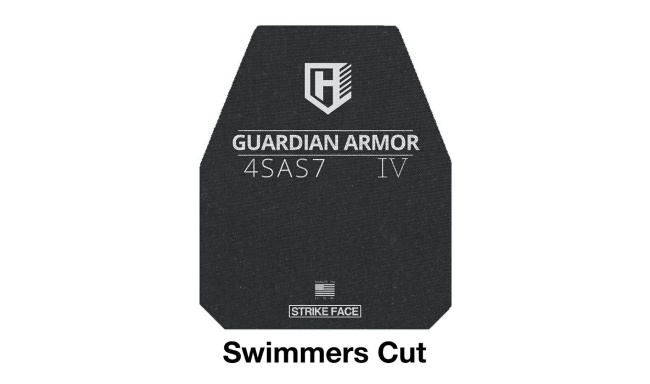
Body armors with swimmer’s cut protect your vital organs but the open areas reduce the protection level for the surrounding organs. The swimmer’s cut is perfect for those who need to stay comparatively more active in the field with more movements.
What is the Shooter’s Cut?
The shooter’s cut is also a body armor cut that provides maximum protection but limits the agility of the wearer. These plates are also a bit heavier than the swimmer’s cut plates. This is the most commonly found cut in standard body armor.
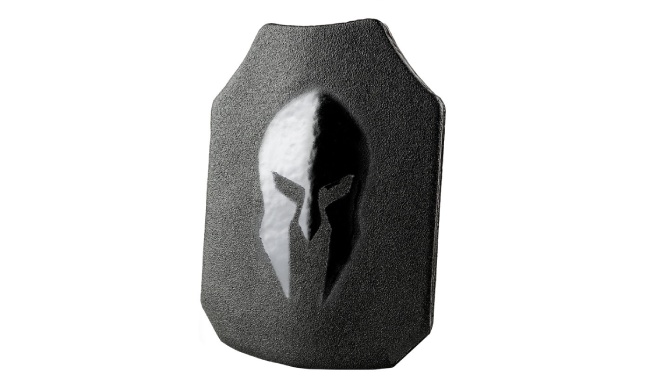
The shooter’s cut features a 45° cut on the shoulder side to provide some mobility to its user and offers better protection by sacrificing some range of motion. Weapon shouldering is also easier with the shooter’s cut.
swimmer vs shooter cutSwimmers cut is more comfortable and provides better manoeuvrability but has reduced protective coverage. On the other hand, the more streamlined and compact Shoooters cut has more protective surface but restricts mobility to some extent.
Swimmers Cut vs Shooters Cut: What’s the Difference?
Weight
The Swimmer’s Cut
As there is less protective material, the swimmer’s cut naturally makes the armor plate a bit lighter. This is the biggest difference between a swimmer’s cut and a shooter’s cut.
How much weight your armor will have depends on the manufacturer and the level of protection you want.
The Shooter’s Cut
The cut doesn’t change the quality and material of the plates. This shorter cut removes less material from the armor plate and makes it a bit heavier than the swimmer’s cut.
The extra weight can be uncomfortable to some users, but the cut also offers better weapon shouldering.
Area of Coverage
The Swimmer’s Cut
The swimmer’s cut offers better flexibility at the expense of protection. It covers your vital organs like the heart, the lungs, and most of the torso. However, most of the areas in your shoulders will be unprotected if you pick these cut plates.
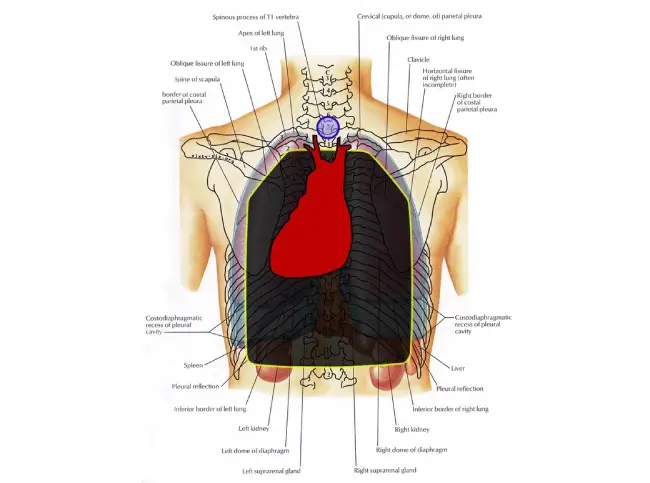
The Shooter’s Cut
With the shooter’s cut, almost the entire chest and torso will be under protection. But you’ll have a little trouble moving around as the 45° cut will hinder some of your movements.
You’ll have the option to choose your desired protection level, no matter which cut you end up choosing.
Price
The Swimmer’s Cut
The swimmer’s cut is the more advanced version of the shooter’s cut and is a bit more expensive. The price mostly depends on the material, the manufacturer, and the level of protection you want. You can get a decent swimmer’s cut body armor for about $150-450.
The Shooter’s Cut
In most cases, body armor with a shooter’s cut will cost a bit less than body armor with a swimmer’s cut, provided that they both have the same level of protection. A regular shooter’s cut body armor will be around $100-400.
Flexibility
The Swimmer’s Cut
The swimmer’s cut easily wins this round as the strategically placed cut frees the shoulders and allows a range of arm movements that are difficult to make with a shooter’s cut armor. If you need better flexibility in the field and lightweight armor, this is the best option for you.
The Shooter’s Cut
While the shooter’s cut lacks agility, it compensates with better protection. You may not have a full range of motion in your upper body, but the cut will protect you better, and help you shoulder your weapon better.
Swimmers Cut vs Shooters Cut: Pros & Cons
Swimmers Cut Pros
- Enhanced mobility
- Comfortable fit
- Versatile use
Swimmers Cut Cons
- Reduced protective coverage
- Bulkier appearance
Shooters Cut Pros
- Unimpeded shooting stance
- More protective surface
- Compact and streamlined
- More sizing options available
Shooters Cut Cons
- Restricted mobility
- Less comfort
Swimmers Cut vs Shooters Cut: Which One to Choose?
There is no perfect body armor. Each of the several types of body armor we see today comes with its own set of pros and cons. Which cut you’ll need mostly depends on the situation.
A Swimmer’s cut will provide you agility by sacrificing a little bit of protection whereas a shooter’s cut will limit your flexibility, but provide better protection.
There are also a number of facts you need to consider when thinking ab out shooters cut vs swimmers cut.
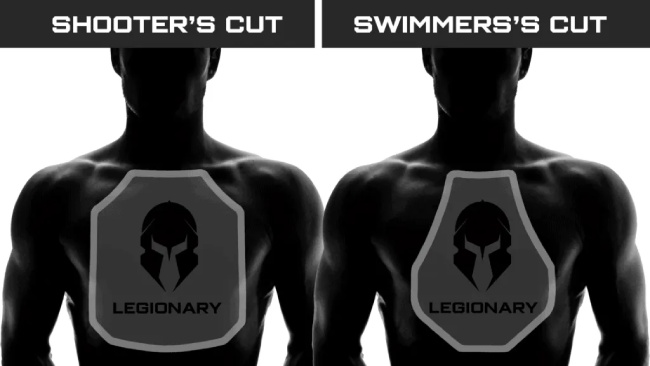
However, on a more general note, a swimmer’s cut is perfect for someone who needs to be highly active in the field. If you rather sacrifice your maneuverability, a shooter’s cut will serve you better.
FAQs
1. What are SAPI plates?
Ans: SAPI refers to Small Arms Protective Inserts. This is also a specially designed cut for body armor that is used by the US army.
They can protect the wearer from rifle shots. They offer protection level III or higher.
2. What is a full-cut armor?
Ans: A full-cut armor has a base plate with no significant cuts like the shooter’s cut or the swimmer’s cut.
Full-cut plates are square or rectangle-shaped ones often used as backplates or side protection.
3. Do I need extra padding on the shoulder?
Ans: No. Both the shooter’s cut and the swimmer’s cut allow the comfortable placing of rifles. If you use a triple curve base plate, you won’t need additional support from extra padding.
4. Are the shooter’s cut and the swimmer’s cut made differently?
Ans: Not exactly. The process is almost the same in both cuts, the only difference being the design after milling down the plates. However, different material needs different approach to make.
5. Single vs multicurve – why do most people choose multicurve vests?
Ans: Multicurves are better because they help with how the armor sits on your body and reduce the perceived weight on your shoulders. But the added comfort comes at a higher price.
6. SAPI plates vs shooters cut – how do they differ?
Ans: SAPI/ESAPI cut plates are the standard shape of body armor plates commonly issued by the military. They come in different plate sizes, such as 7.25×11.5, 8.75×11.75, 9.5×12.5, 10.25×13.25 and 11×14 with specific dimensions. There are also civilian-sized plates available in 8×10 and 10×12 that follow the same shape.
On the other hand, the term “Shooters cut” is used inconsistently in the armor industry. Different manufacturers define it differently that leads to confusion. However, the original shooters cut generally refers to 10×12 plates with a similar top profile like SAPI plates but with smaller angled cutouts at the bottom.

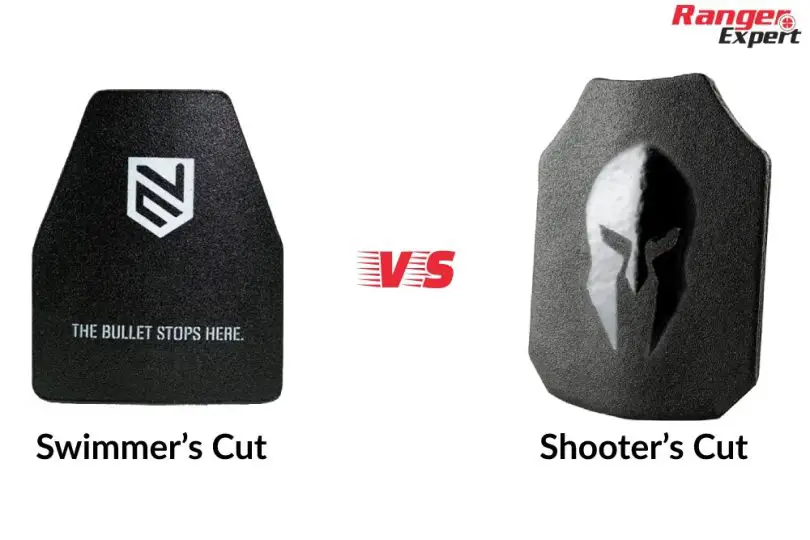



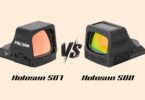
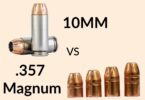


Leave a Comment